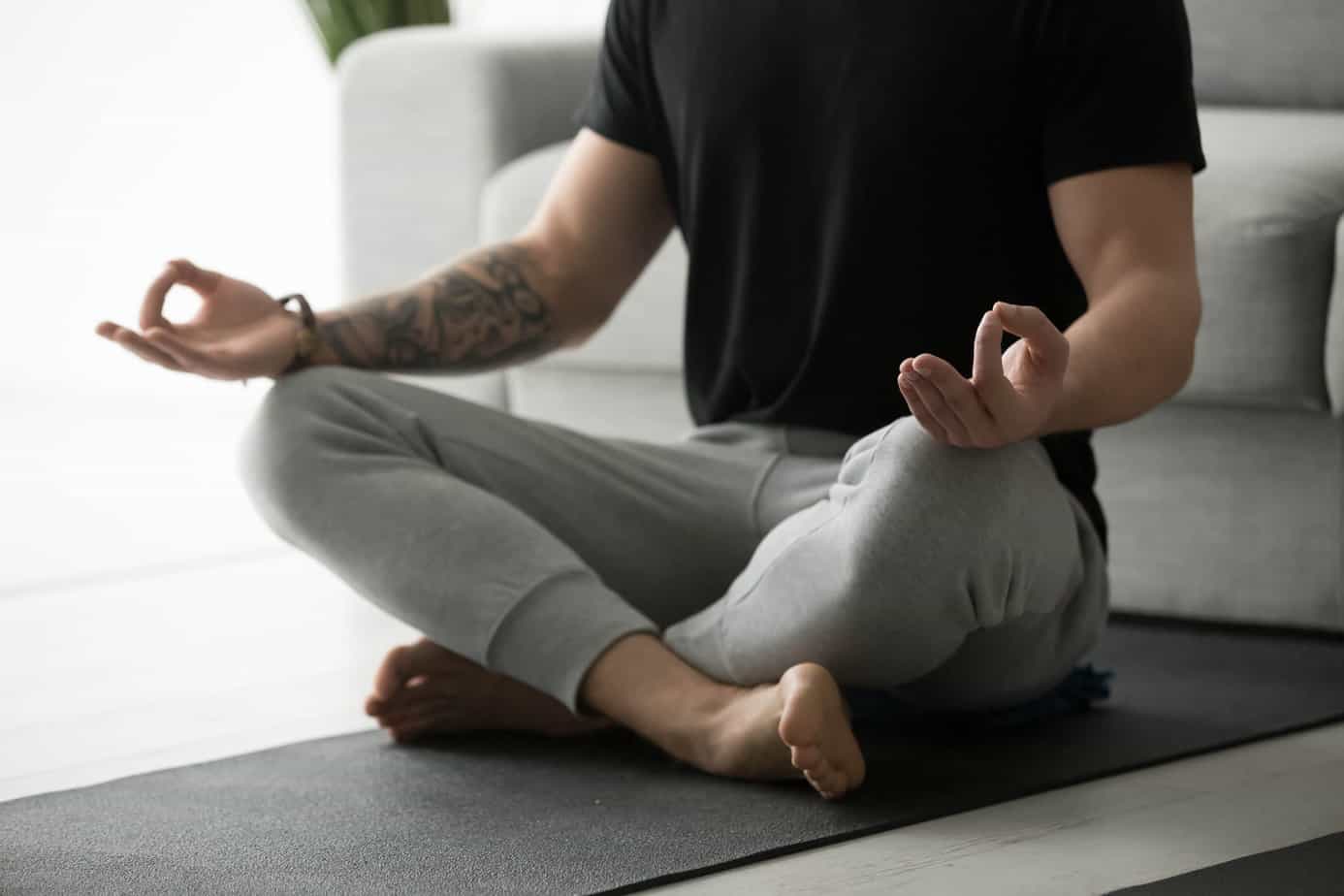Do you recall a time when you have been so angry about something that you wanted to throw your arms up and yell to the sky? I have had that experience. I often used to become instantly upset or angry at things happening around me that were out of my control. I had a hard time managing my emotions when I thought negative things were happening to me.
How I Use Opposite Action
One time recently, while trying to fix my internet connection, I was on hold for about an hour. I was already annoyed that I didn’t have service. Added to that, I didn’t have cell phone service at my house, so I needed to drive to a spot where there was. I was sitting in my car, waiting for the internet company to assist with getting my service back up and running.
At first, I was disappointed in the company, then became increasingly annoyed because I had to drive somewhere to make the call. I kept being put on hold. About 20 minutes into the wait time, my patience was waning. I was running behind in my chores at home and needed to take my dogs out for a walk. I admit I was short-tempered and was trying everything I could not to shout at the person on the other end of the line.
Then, I remembered Opposite Action. Instead of taking out my frustration on the service person, I took a deep breath, exhaled, and spoke calmly, politely, and with intent. I thanked them for helping me. I admit that choosing to do the opposite thing isn’t always easy to do, and it takes some practice. But it has been something that I have found works for me. It has allowed me to navigate irritating situations better than I would have expected. It also keeps me engaged in the situation without making assumptions about what is really happening to me.
What is Opposite Action?
Opposite Action is an active skill that can be practiced in a variety of ways that involves choosing to do the opposite of what your emotions may be suggesting to you to do. It is derived from dialectal behavioral therapy (DBT). DBT is an evidenced-based therapy model that suggests that one may accept, change, and balance thoughts and feelings, merging them together to better manage how you think and feel when triggered to react negatively.
It can be exhausting to continually get upset, yell, and scream. You likely feel pretty drained after unleashing anger at someone, sitting with sadness, or managing high anxiety. I know I have felt drained. Usually, after I have reacted negatively towards something or someone, I found myself feeling angry at myself for what I have done. The goal with Opposite Action is to reduce unwanted reactions and increase wanted reactions. This can be used not just to manage anger, but any unwanted reaction.
You may have a certain emotional reaction to things that happen to you regularly that cause distress, like waiting in lines or, like me, waiting on hold on the phone. We all have those emotions that can cause us to react and make unwanted choices. For me, it was the experience of yelling at a customer service person who I felt may have been wasting my time. At that moment, my emotions may have taken over and overridden that logical part of the brain. Once that happens, it is all emotions or all logic, and neither may feel satisfying. In this case, my anger would have dictated the next steps I was taking. However, I had the choice to try something different, react differently and try the opposite. Instead of acting on my emotions, I used the opposite action and acted kindly and cordially.
What Does Opposite Action Look Like?
How was I able to do this? Identification, question, and action. Opposite Action does not ask you to ignore or invalidate the emotions and thoughts you may be experiencing, and instead:
Identify — name the negative feelings rising up inside and what action urge they trigger
Question — ask yourself if these feelings are valid, and if not, seek the opposite emotion
Action — instead of acting on your negative emotion, act on the actions associated with the opposite emotion
Opposite Action requires simple acknowledgment. I am angry. I am sad. I am anxious. You can do this alone or with support. My situation on the phone was specific, but I have used this technique to react to many other emotions, including anxiety and depression. It can create a space between how you are feeling about something and what your next action will be as a response. It can provide a sense of control over something that you feel you may not control.
For example, you are feeling sad because you are remembering a loss of a loved one. Then, you are asked to go to dinner with friends to a restaurant you used to frequent with your loved one. Your emotions are telling you to stay at home and isolate. It may be because you are not yet ready to be reminded of the good times you had with that person. Or how they made you feel. If the sadness is influencing you to stay home, the opposite action would be to try something different. It doesn’t need to mean accepting the dinner invite. It may just be that you need to get outside, go for a walk, or go grocery shopping.
Simple Steps to a Bigger Idea
For me, I have found that the simplest actions work best. For me, it was saying thank you to the customer service person. I didn’t allow my anger to dictate or control the situation. I acknowledged I was angry, and then chose something I felt was different, like expressing gratitude. It has taken some practice to realize that I have the power and energy to choose how to react to certain situations. I know it isn’t always going to be accessible when I am overly angry, sad, or hopeless, but it gives me a chance to try to do the next right thing and avoid hurting someone else and myself.
Give it a try and see how it feels. I believe Opposite Action may have that same effect on you.
If you or a loved one is struggling with addiction, Mountainside can help.
Click here or call (888) 833-4676 to speak with one of our addiction treatment experts.

 By
By 







